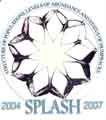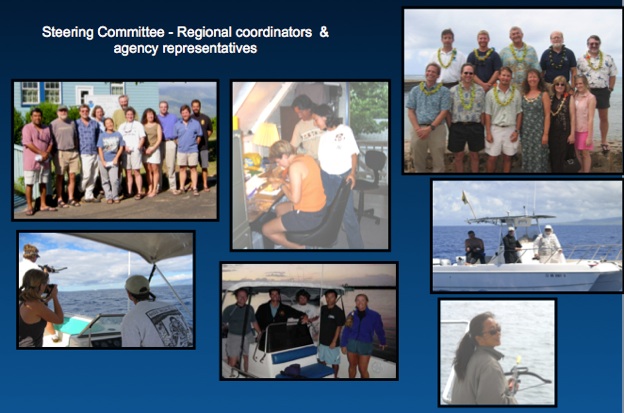
Home Methods 1 | Photo Identification | Mark and Recapture Biopsy | Summer Feeding Areas, Wintering Grounds and Migration | Human Impact | Population Estimates
Activity 1: Questions about SPLASH | Activity 2: Interpreting Graphs | Activity 3: Mark and Recapture | Activity 4: Estimating Humpback Population Growth | Activity 5: Whale Tails: Photo ID | Activity Answers
Written by Larry Wade and Stephen Bolles based on information and materials provided by Cascadia Research and the SPLASH Project

What if your assignment was to do a survey of humpback whales in the entire North Pacific Basin? The North Pacific is an expansive area covering millions of square miles of ocean, from the Philippine Islands to Central America. In addition to determining the population size, your job will also be to determine migration routes, summer feeding and wintering areas.

This was the challenge that faced a collective of dedicated whale biologists in 2004. Many of them had already spent decades plying the seas, studying various species of whales, including humpbacks. The project was named SPLASH (Structures of Populations –Levels of Abundance –Status of Humpbacks). SPLASH began in 2004 and included two summer field seasons and three winter field seasons.
